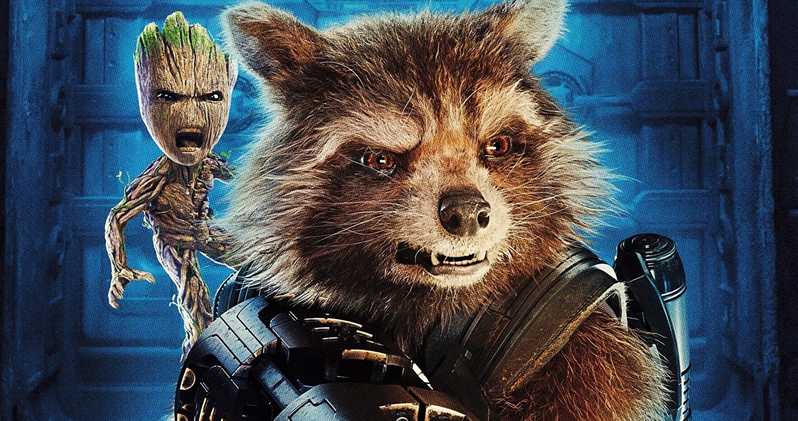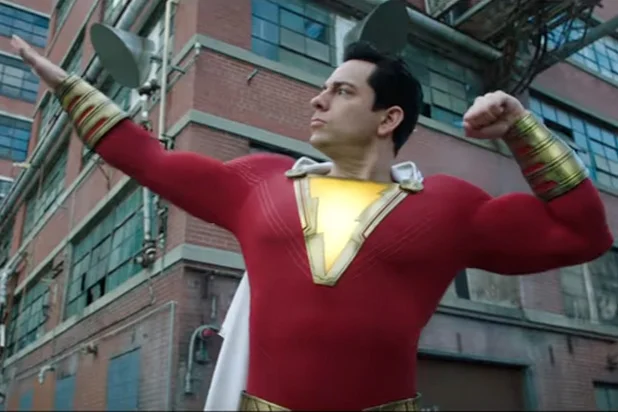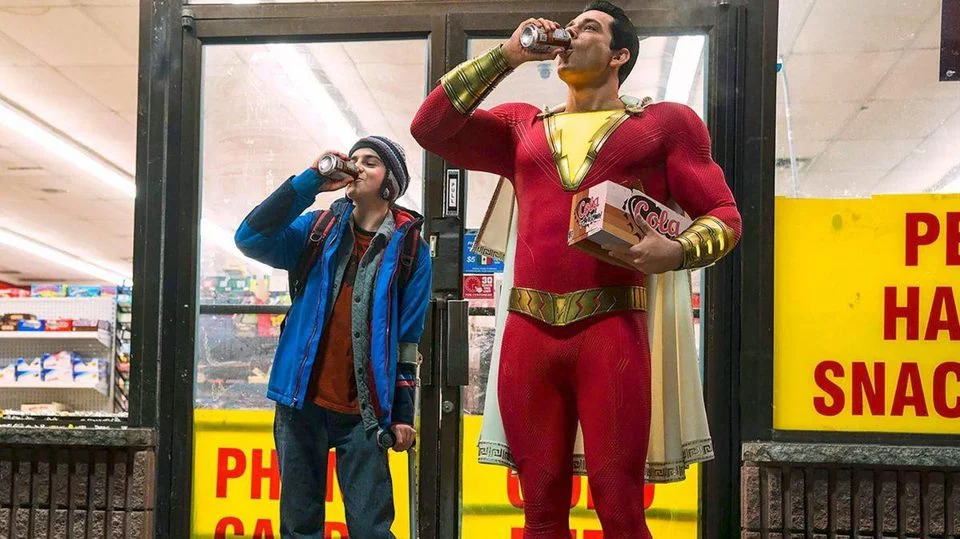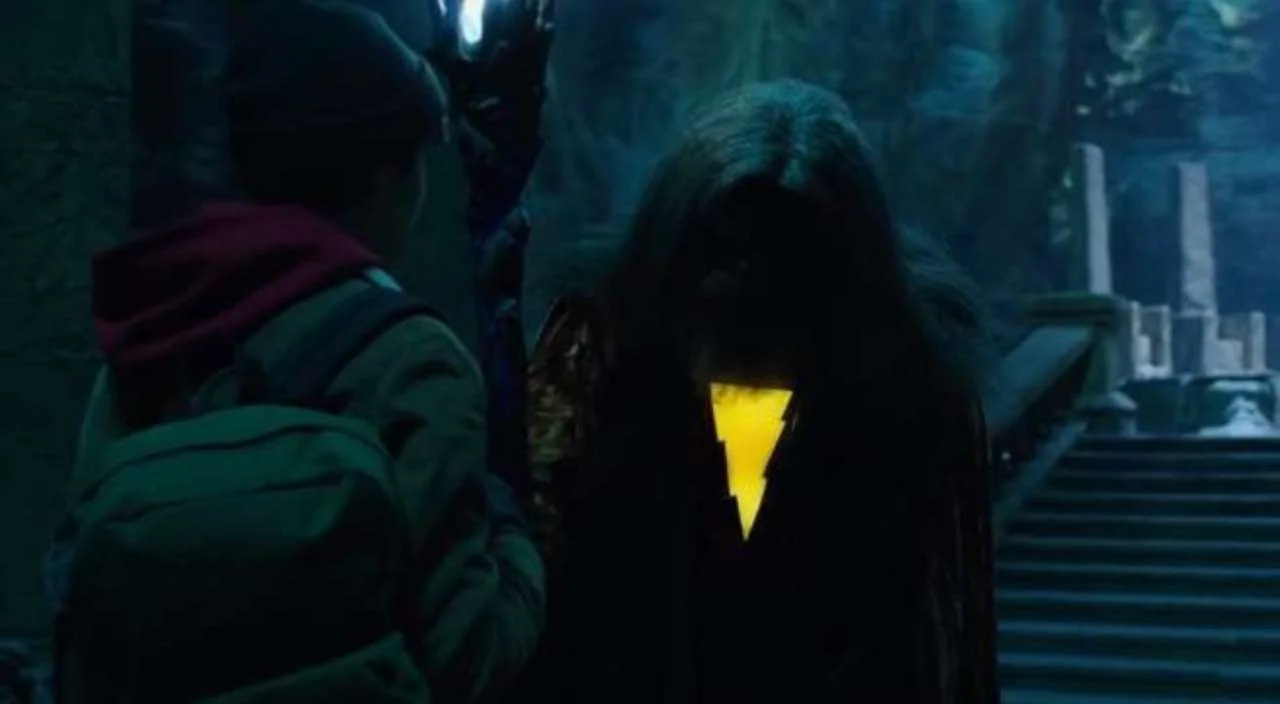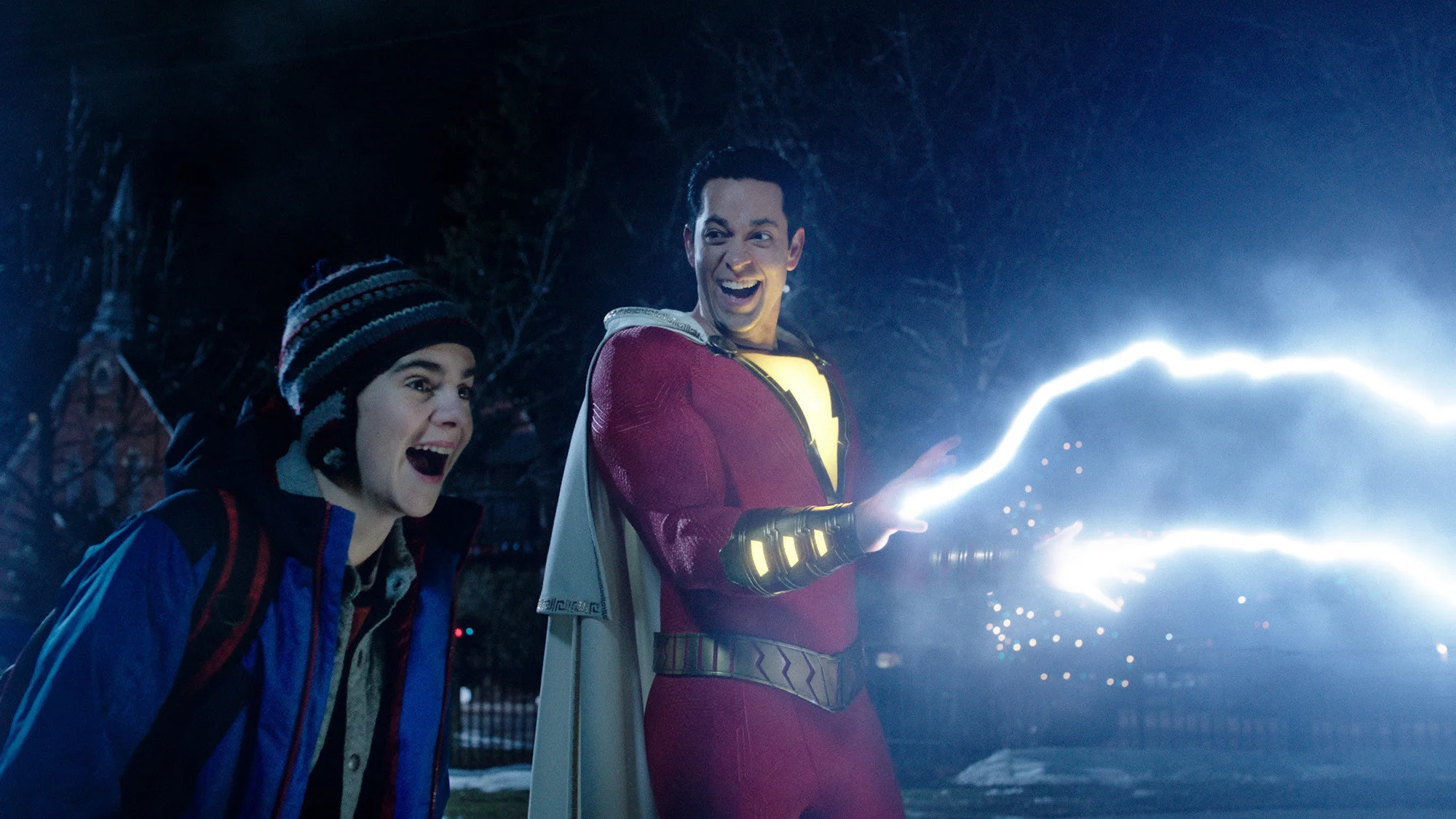Scalding Hot Takes: Shazam
I am not quite old enough for superheroes to mean THIS, however.
When I was growing up in the 1980s, superhero movies generally meant one thing: Superman or Batman. Then came the big superhero boom and the floodgates opened wide. Suddenly anything and anybody could become fodder not just for a superhero movie but a big, zeitgeist-capturing blockbuster.
Audiences were bombarded with so many seemingly interchangeable superhero movies that they became overwhelmed and jaded. They built up a tolerance to the conventions of the genre and needed wild new variations just to feel something, anything. “Ordinary” superhero movies about established figures were no longer good enough for them, although god knows that didn’t keep anyone from cranking out Batman and Superman movies all the same.
No, sensation and novelty-crazed geeks needed the weird, wild shit. So when Marvel proposed, “Hey, how about instead of Batman or Superman or Spider-Man or Iron Man, there’s a wisecracking space raccoon that wears people clothes” fans were all, “Fuck yeah!” and then they followed it up with, “And his best buddy is a warrior talking tree but get this—he only says three words, period. The same damn three words all the time: ‘I am Groot’” adventurous comic book movie fans were even more excited.
Emboldened, Marvel then offered moviegoers, “How about Deadpool? He’s like a psychotic, fourth wall-breaking, hard-R version of Bugs Bunny who’s always killing somebody or making an offensive wisecrack! He has something to do with the X-Men, sort of” and overjoyed fans said, “OMG! This keeps getting better and better!”
Mad with success, Marvel queried an excited world, “How about a hard R, noir-saturated Wolverine standalone movie where Professor X is a half-mad recluse in a dystopian future being looked after an emotionally shattered Wolverine?” and fans lost their shit all over again, in a good way.
Then Marvel tentatively inquired, “What about a superhero movie starring a black actor or a woman?” and suddenly sober-minded fans recoiled and saId, “Hey, let’s not get too crazy here.”
David F. Sandberg’s Shazam is a D.C movie but like its distinguished competitor, DC films, it faces a moviegoing public numb from the all superhero movies all the time schedule we’ve seemingly been on since Iron Man hit in 2007.
The delightful crowd-pleaser faces some rather unique challenges commercially. Shazam began life as a Fawcett Comics release until D.C sued for copyright infringement on the basis that Shazam was a shameless knock-off of Superman and ended up acquiring the rights to the character.
Shazam is also known as Captain Marvel, which would be deeply confusing even if the biggest movie in the world right now wasn’t a groundbreaking smash involving an entirely different Captain Marvel, this one a woman. Shocking, I know! And, of course, Captain Marvel is one of Marvel’s signature heroes right now but Captain Marvel is not on Marvel, except of course, for the Captain Marvel who is on Marvel but not the other Captain Marvel, which is the one we’re talking about now but we’re not going to refer to him as Captain Marvel but as Shazam.
We’re not even going to go into the whole Gomer Pyle thing. Whole other can of worms.
Confusing, huh? Yet somehow out of this strange tangles of identical names and different identities and companies and superheroes emerged one of the freshest and funniest superhero movies in recent memory, a crowd-pleasing charmer that brings something genuinely new and refreshing to an increasingly exhausted and over-saturated superhero genre.
I am a middle aged white heterosexual man who works in the media. I am, if anything, ridiculously over-represented in pop culture and the media. Movies and TV shows and superhero movies are lousy with people who look like me, minus the “dad bod on vacation” physique.
But I did live in a group home between the ages of 14 and 19 and one of the things that made it an ordeal, beyond the whole parental abandonment thing, was feeling culturally invisible as a group home kid. If people without parents were in TV or movies, they were old-school singing moppets like Little Orphan Annie or adorable African-Americans whose good-natured, All-American shenanigans was supposed to make us feel better, or at least less guilty about our nation’s unconscionable history of abhorrent racism, like Arnold and Willis on Diff’rent Strokes.
They most assuredly were not rage-choked compulsive masturbators who lived in homes with other weird, rage-choked compulsive masturbators trying to negotiate the emotional landmine of adolescence with the added burden of being the weird kid who lives in a home with a bunch of other outcasts instead of their parents. And that did not feel good. It felt terrible.
So Short Term 12, where I discovered and was blown away by the steely brilliance of the actress playing the other Captain Marvel, was a big movie for me. It made me feel seen. It allowed me to have more empathy for the troubled young onanist I was and the man I sort of grew up to be.
So even though Shazam is a comic book superhero movie with wizards and magical words and shit the fact that its protagonist, Billy Batson (Asher Angel) lives in a foster home with a bunch of other parentless orphink types meant a lot to me. True, the foster home is impossibly perfect, a United Colors of Benetton progressive fantasy of multicultural children living together in a state of perfect harmony, but the emotional underpinnings rang true and hit close to home, particularly that hopeless, desperate yearning for knowledge about a missing parent.
But before Billy Batson can utter the word that forever changes his destiny we begin in upstate New York in 1974, where a young, pouty Thaddeus Sivana is summoned to the inter-dimensional Rock of Eternity by the wizard Shazam (Djimon Hounsou). Shazam is looking a champion who is pure of heart he can bestow his powers upon and let me tell you, brother, this little shit isn’t it.
Things do not end well for young Thaddeus in the way that can lead a disturbed, angry young man to devote his life to evil and become a super-villain, which is exactly what he becomes in the form of glowering Doctor Sivana (Mark Strong).
In modern-day Philadelphia, meanwhile, a hero arises from the filthy streets to avenge the oppressed underclass by the name of Gritty. No, wait. That is an entirely different superhero origin story. In Shazam, Billy Batson engages in low-level criminal mischief, the kind you can totally get away with if you are an attractive white person, as he searches for his mother and antagonizes the cops.
Billy is rough around the edges, a real shit-starter yet according to the aforementioned wizard Shazam he’s the champion of folklore, a hero who is pure of heart. When he utters the magic word “Shazam!” Billy turns into the superhero sometimes known as Captain Marvel, a wholesomely handsome grown up slab of Grade A beefcake played by television’s Zachary Levi in a revelatory, star-making performance.
Superhero movies should be overflowing with awe. I can’t even imagine how exciting it would be to go from being your typical 15 year old compulsive masturbator to being a man of seemingly limitless powers. To its credit, Shazam beautifully captures how empowering and liberating it would be to go from being a typical, pushed-around angry adolescent to being a god among men, physical perfection combined with otherworldly gifts.
Maybe it’s because I just watched Furry Vengeance and Looney Tunes: Back in Action, but if they’d made Shazam fifteen years ago Brendan Fraser would have been perfect for the title role. It would have fit snugly into his wheelhouse of adorable, stunted man-children in the bodies of strapping Adonises. Fraser similarly possesses the innate likability and innocence Levi brings to the role.
The highest praise I can give Levi is that his performance here favorably recalls Tom Hanks’ iconic, Oscar-nominated performance as a young man who undergoes a similarly miraculous transformation in Big. Penny Marshall’s modern classic is a big influence on Shazam along with the Amblin productions of the 1980s, which similarly paired angry young kids of divorce and suburban ennui with fantastical, otherworldly creatures beyond their vivid imagination.
Sandberg comes from the world of suspense and horror. He previously directed the surprise sleeper suspense thriller hit Lights Out and Annabelle: Creation. Sandberg brings a real horror sensibility to Shazam. Like many of my favorite films from childhood Shazam is full of dark, disturbing, borderline traumatizing imagery guaranteed to give children nightmares.
There’s a lot of shit in Shazam that is not remotely appropriate or suitable for young, suggestible minds which, ironically, makes it perfect a family movie. Shazam respects children enough to know that it’s okay to scare the shit out of them from time to time, as long as it is for the right reasons.
Shazam earns its 132 minute length, just as it earns its big emotional moments. This is a superhero origin story that does everything right, including leaving audiences wanting more without boorishly insisting on a sequel the way seemingly every superhero movie does these days.
Shazam brings something new to the increasingly exhausted superhero genre in addition to more than its share of laughs and heart. It’s a plucky, overachieving winner that threatens to give D.C Film a good name and hopefully marks an encouraging new direction for the much-maligned, much-discussed comic giant’s film division.
Funny, lighthearted yet genuinely and convincingly emotional is a great direction for the House Zack Snyder mismanaged to travel in; hopefully subsequent films will learn from Shazam’s creative successes as well as the crushing nadirs that were Batman v Superman: Dawn of Justice and Suicide Squad.
I make my living largely through crowd-funding so if you would consider pledging over at https://www.patreon.com/nathanrabinshappyplace it would be swell.
and/or
More pressingly you can check out my Weird Accordion to Al book Kickstarter. Only three days left! https://www.kickstarter.com/projects/weirdaccordiontoal/make-the-weird-accordion-to-al-book-a-ridiculous-r?ref=user_menu


